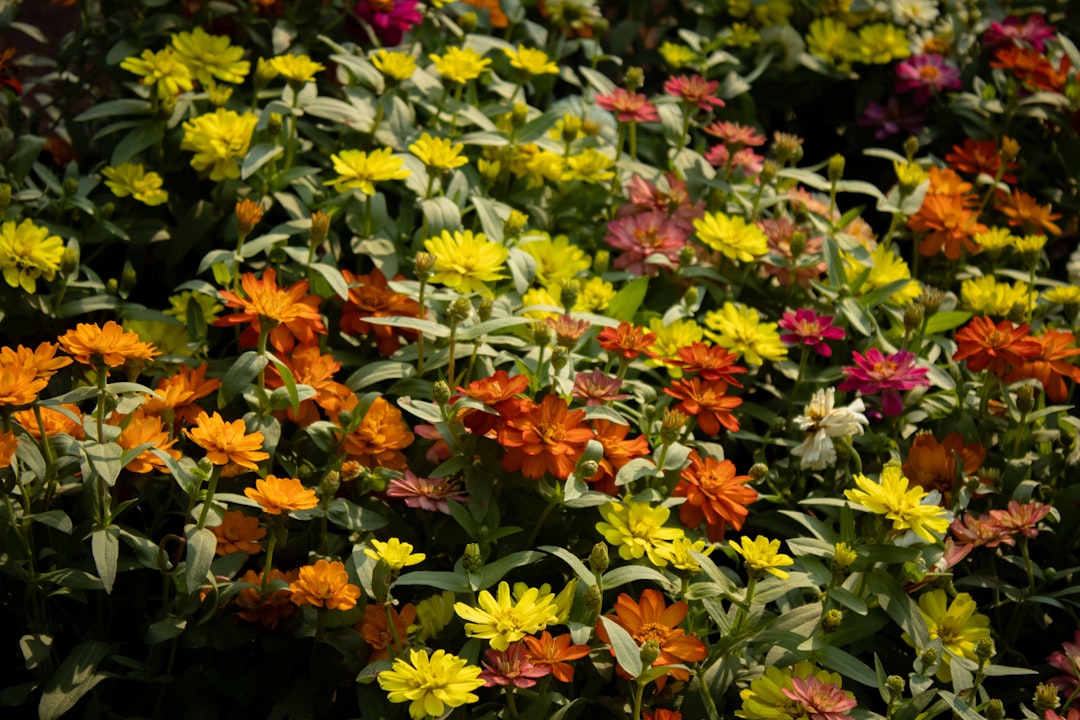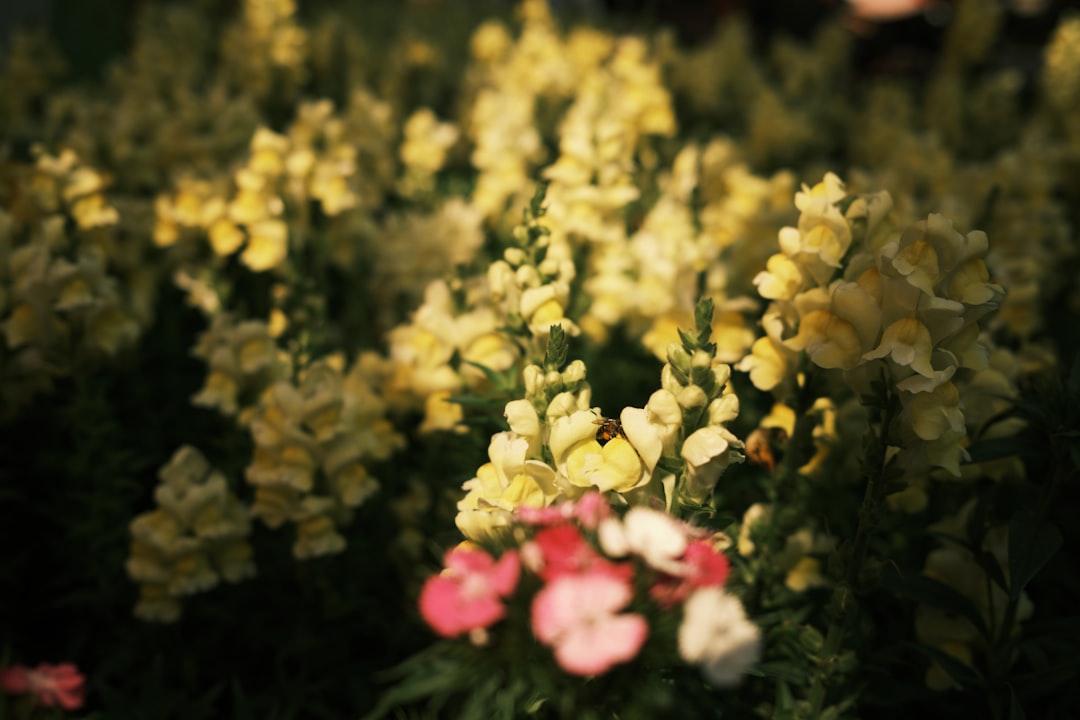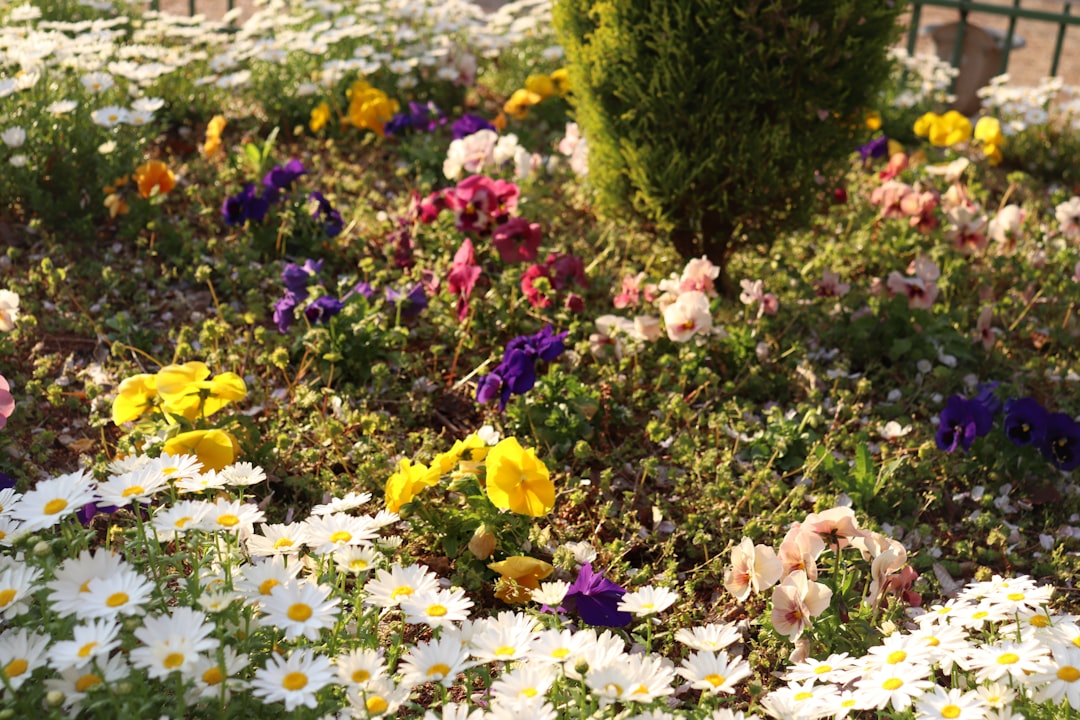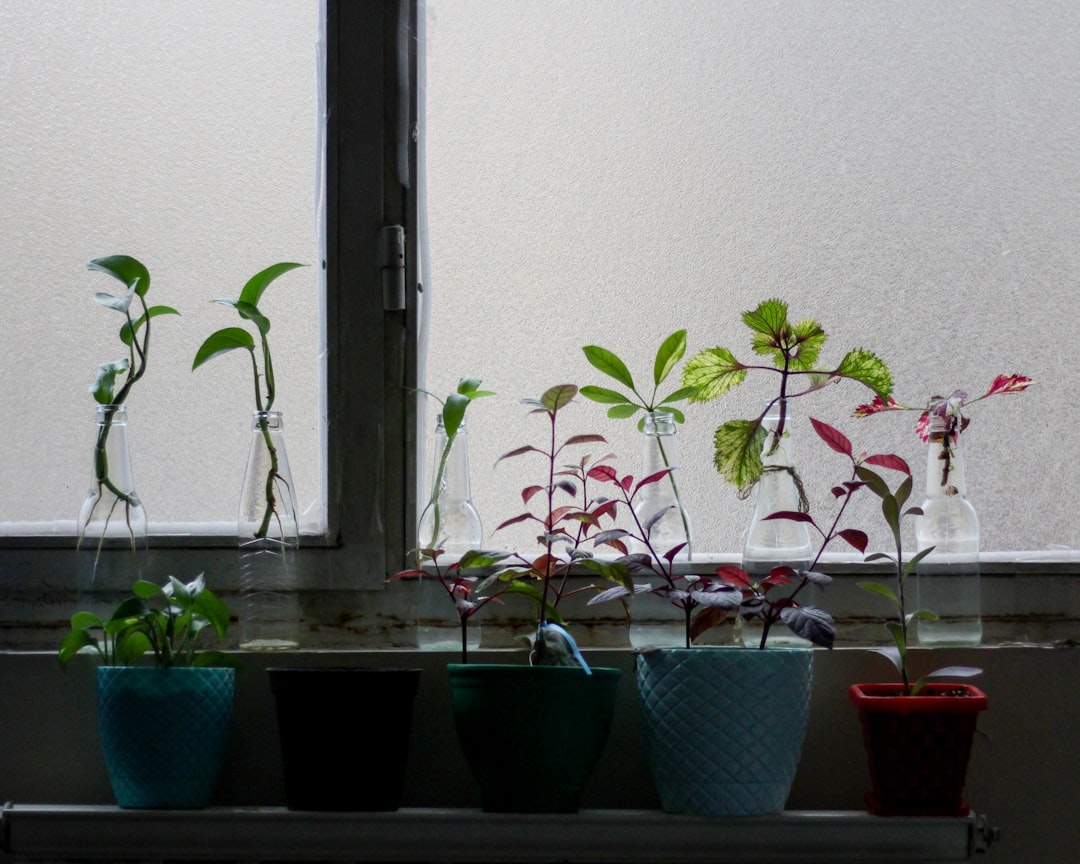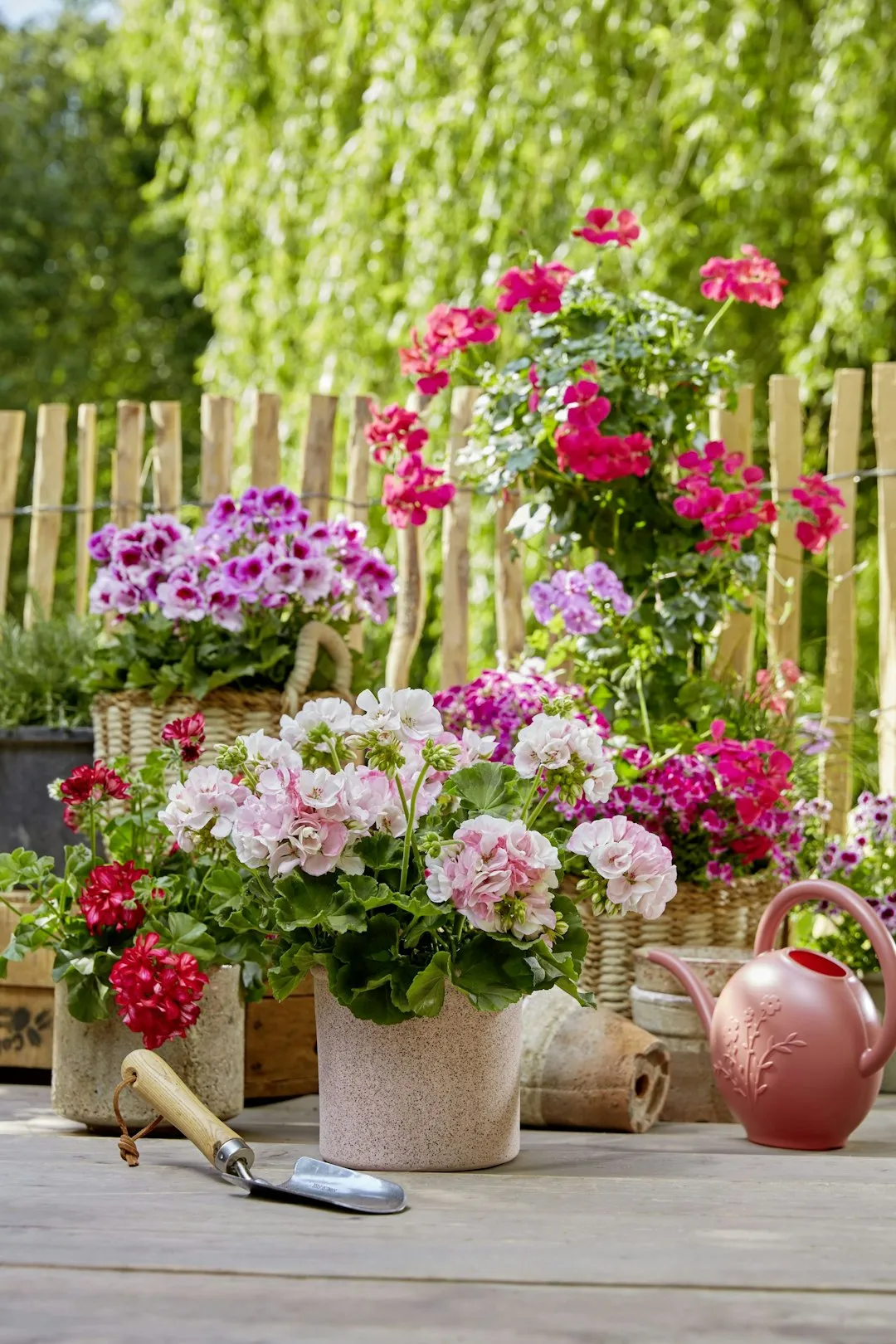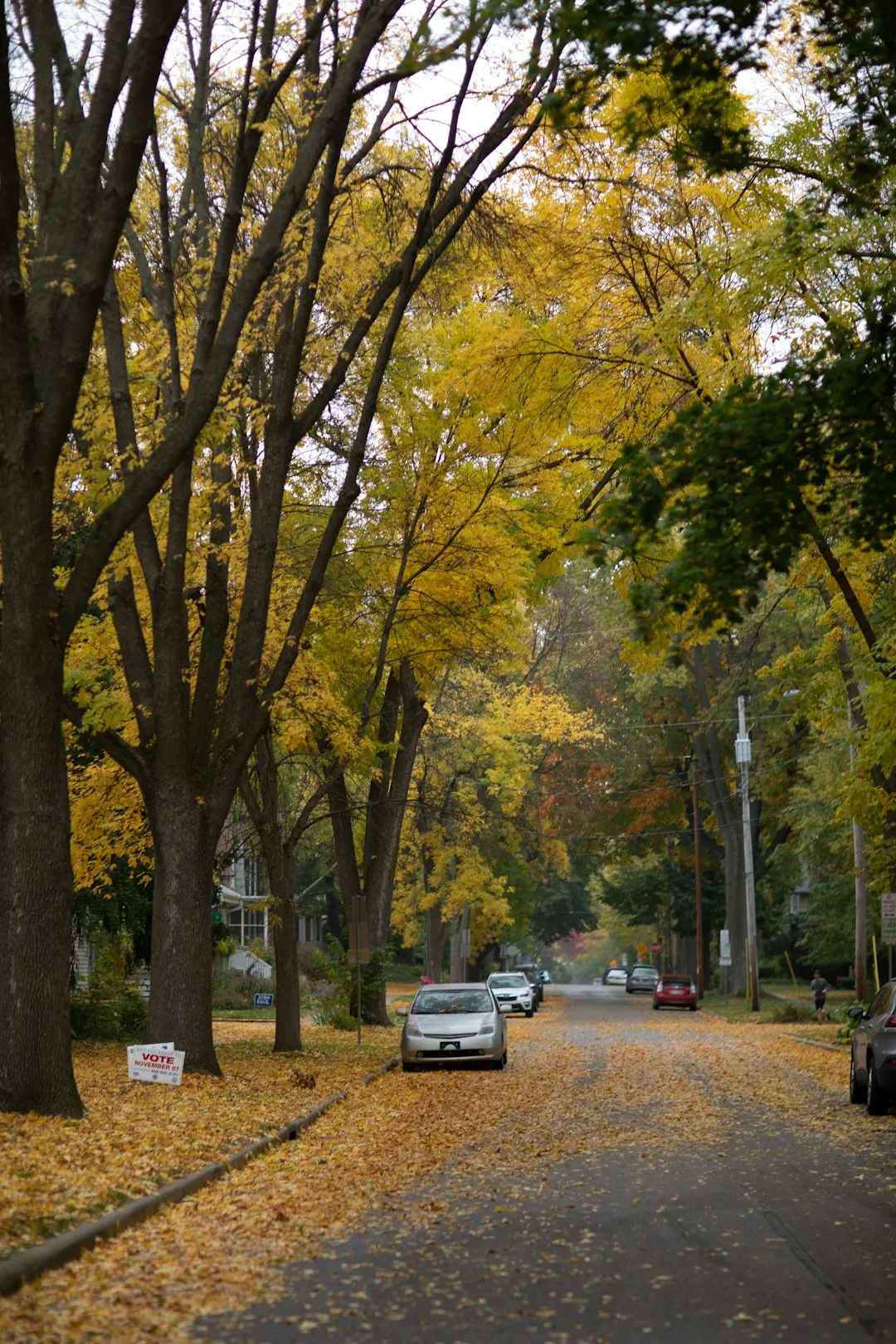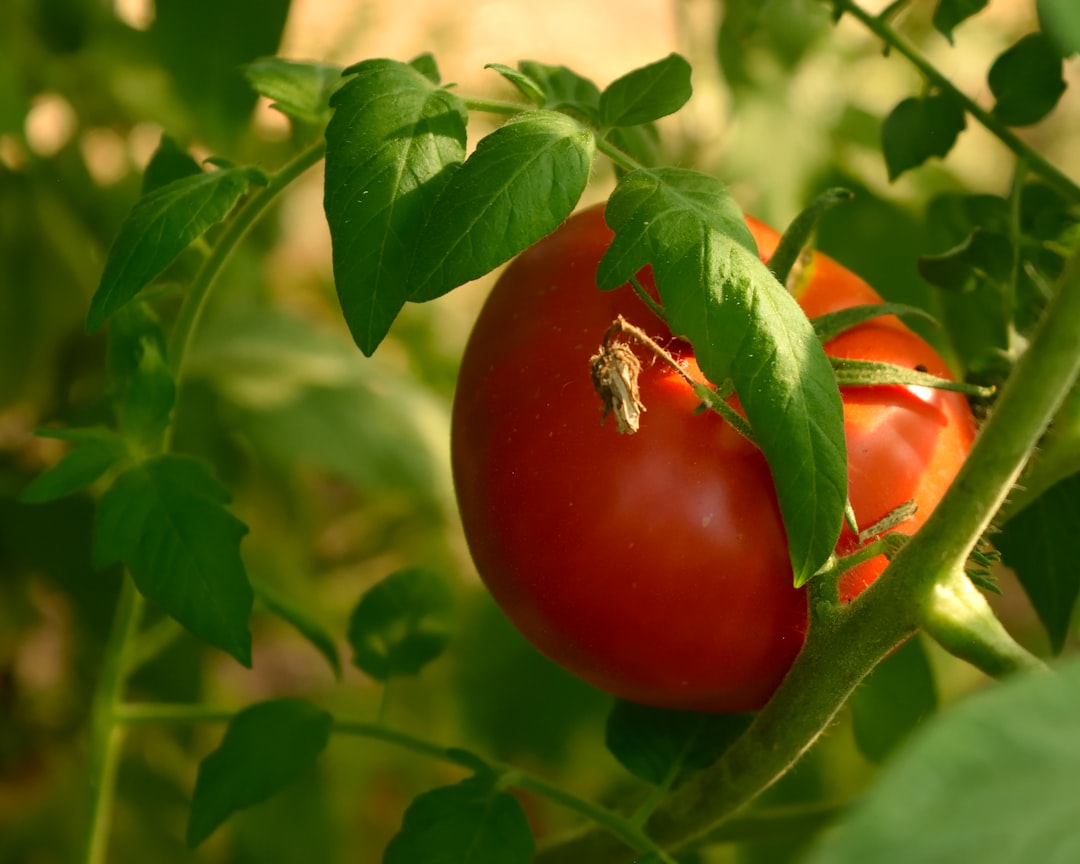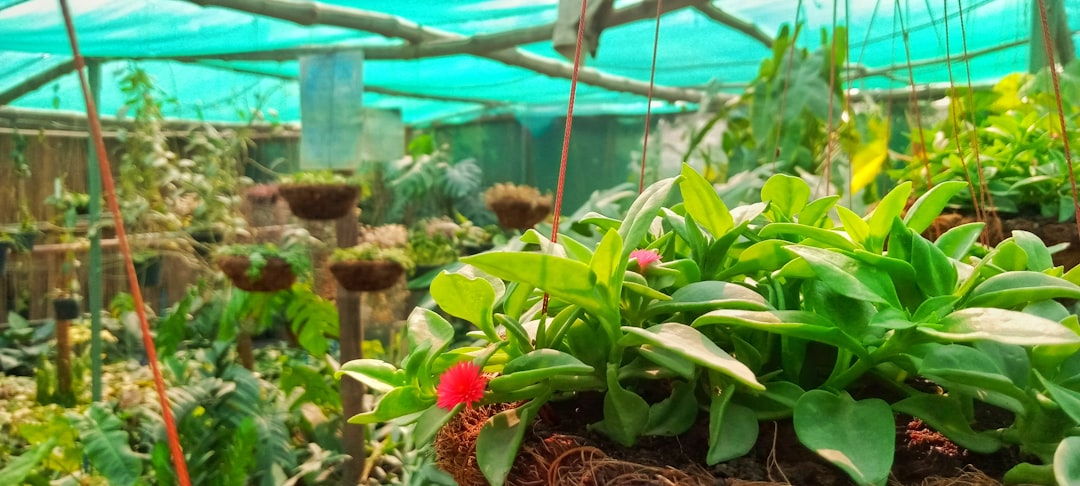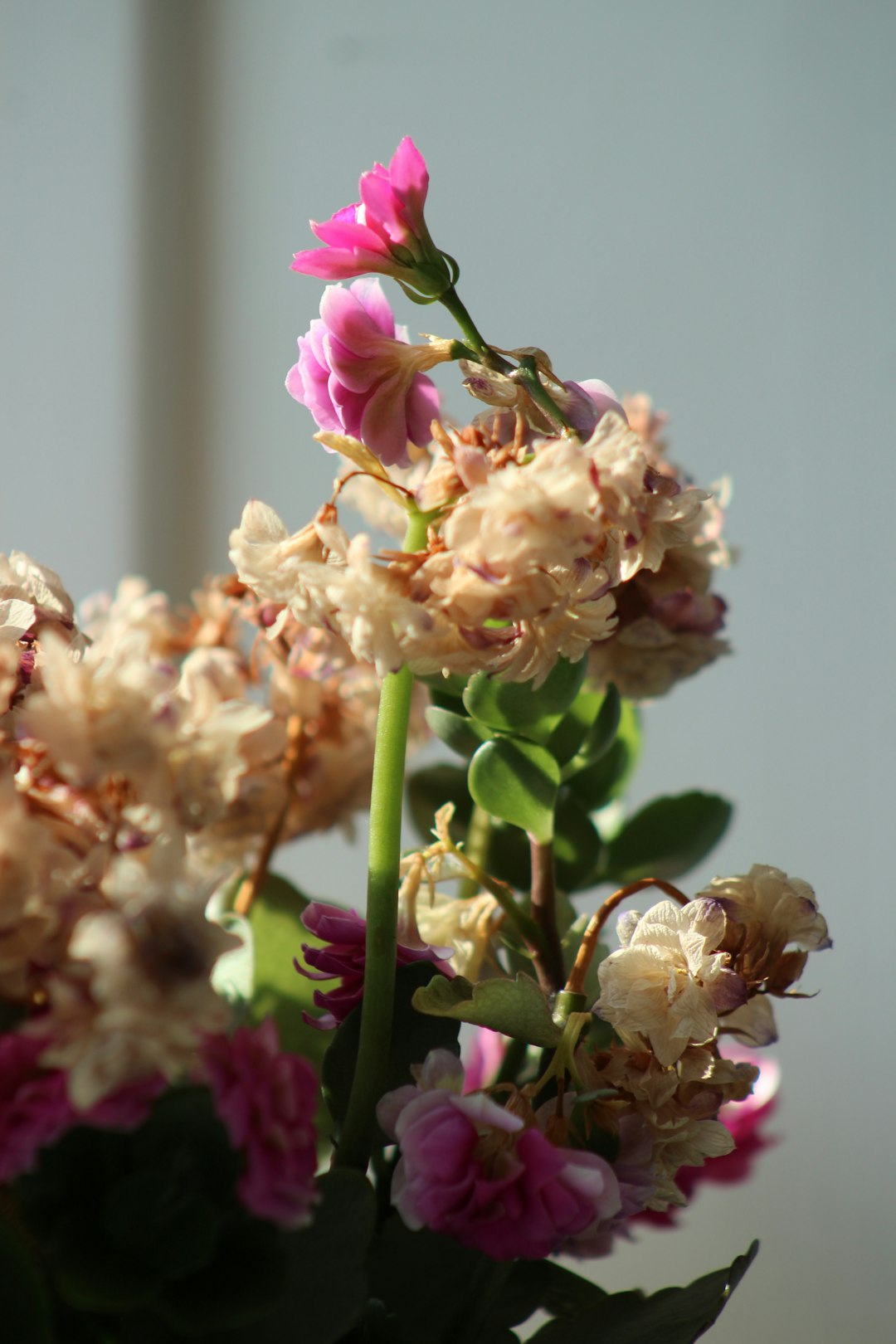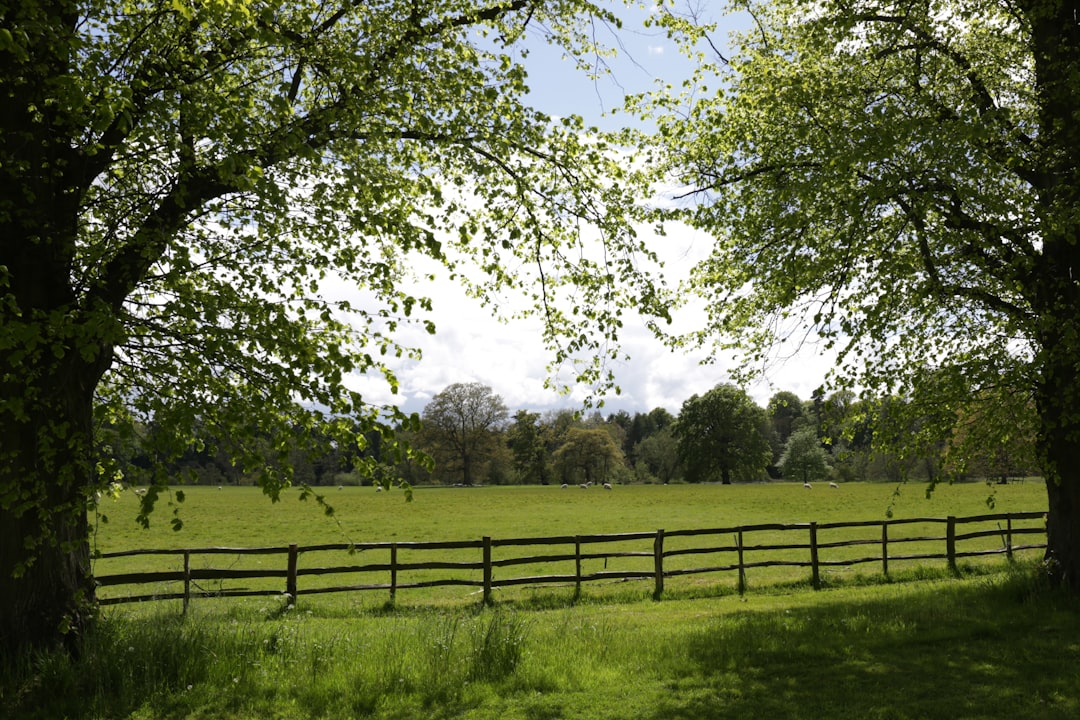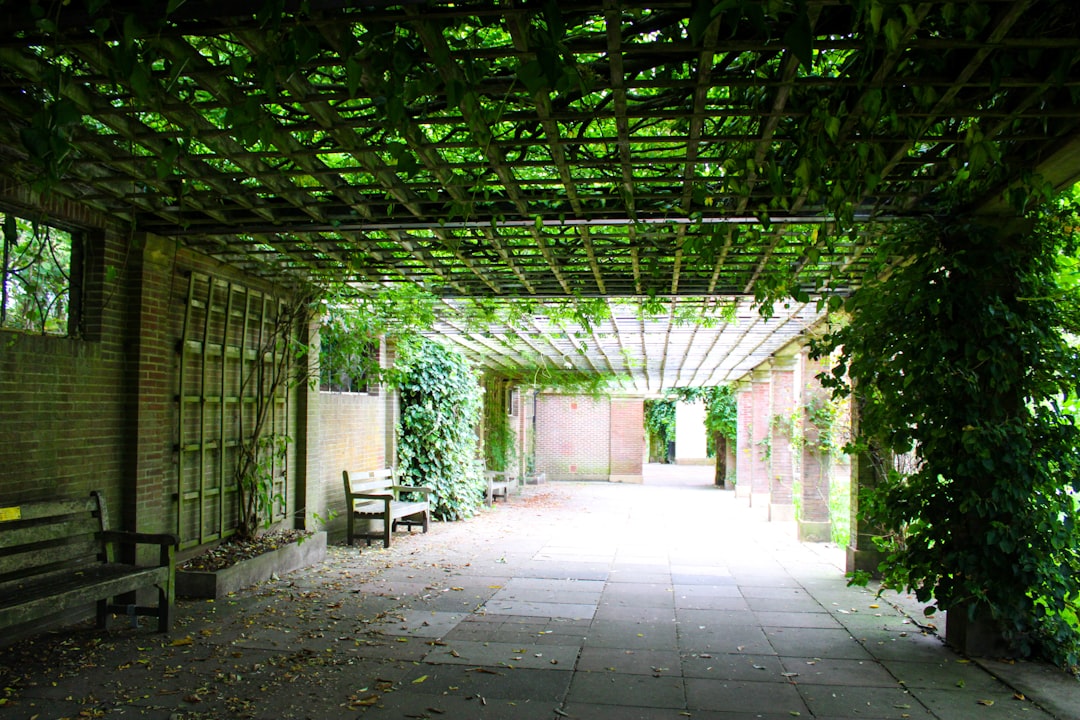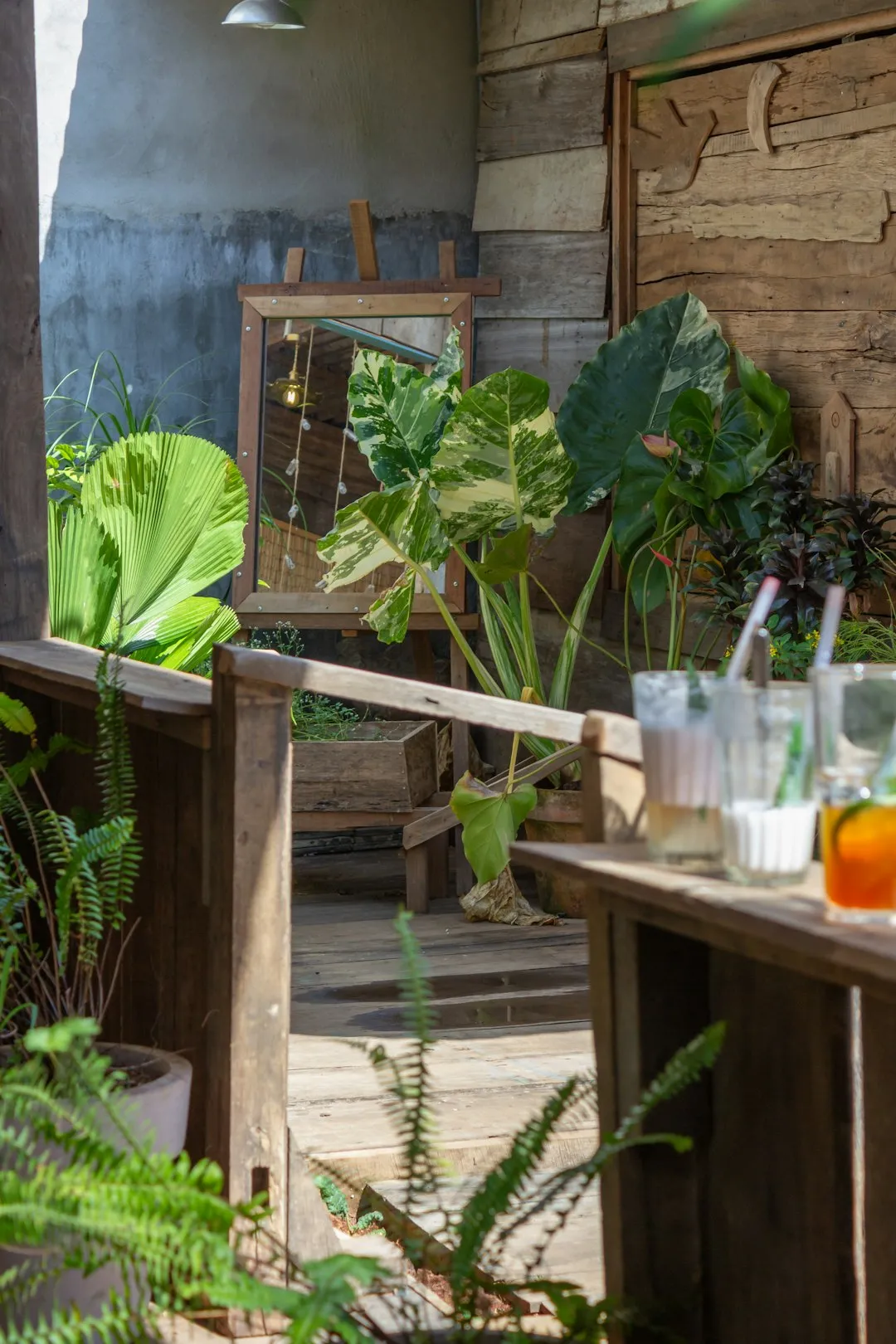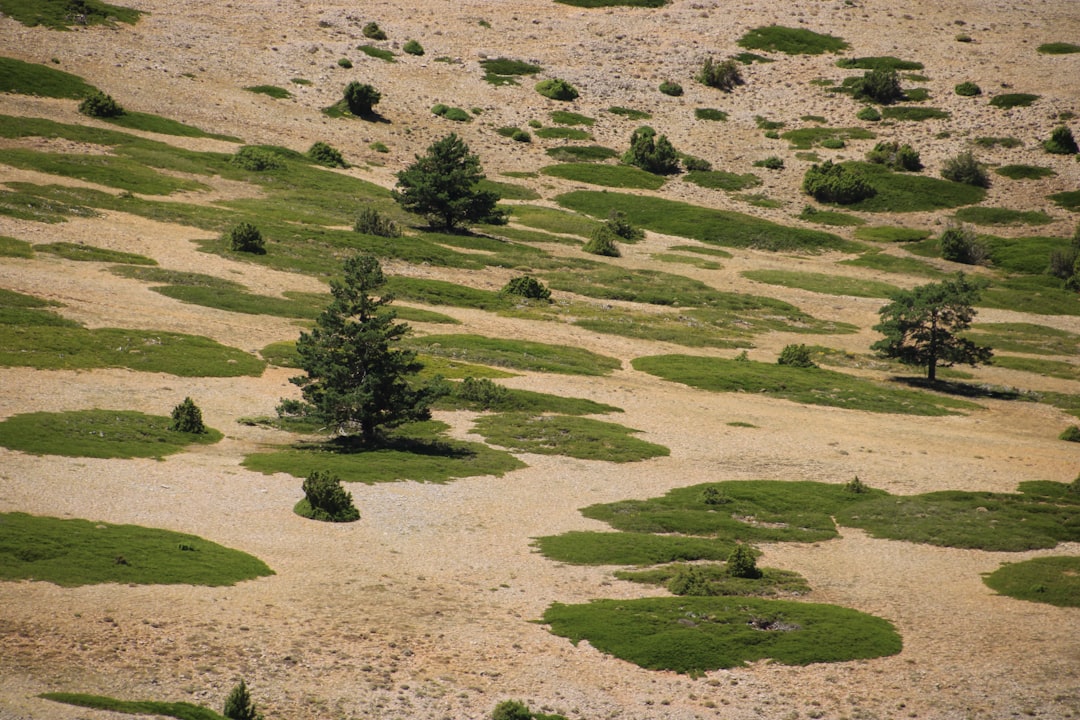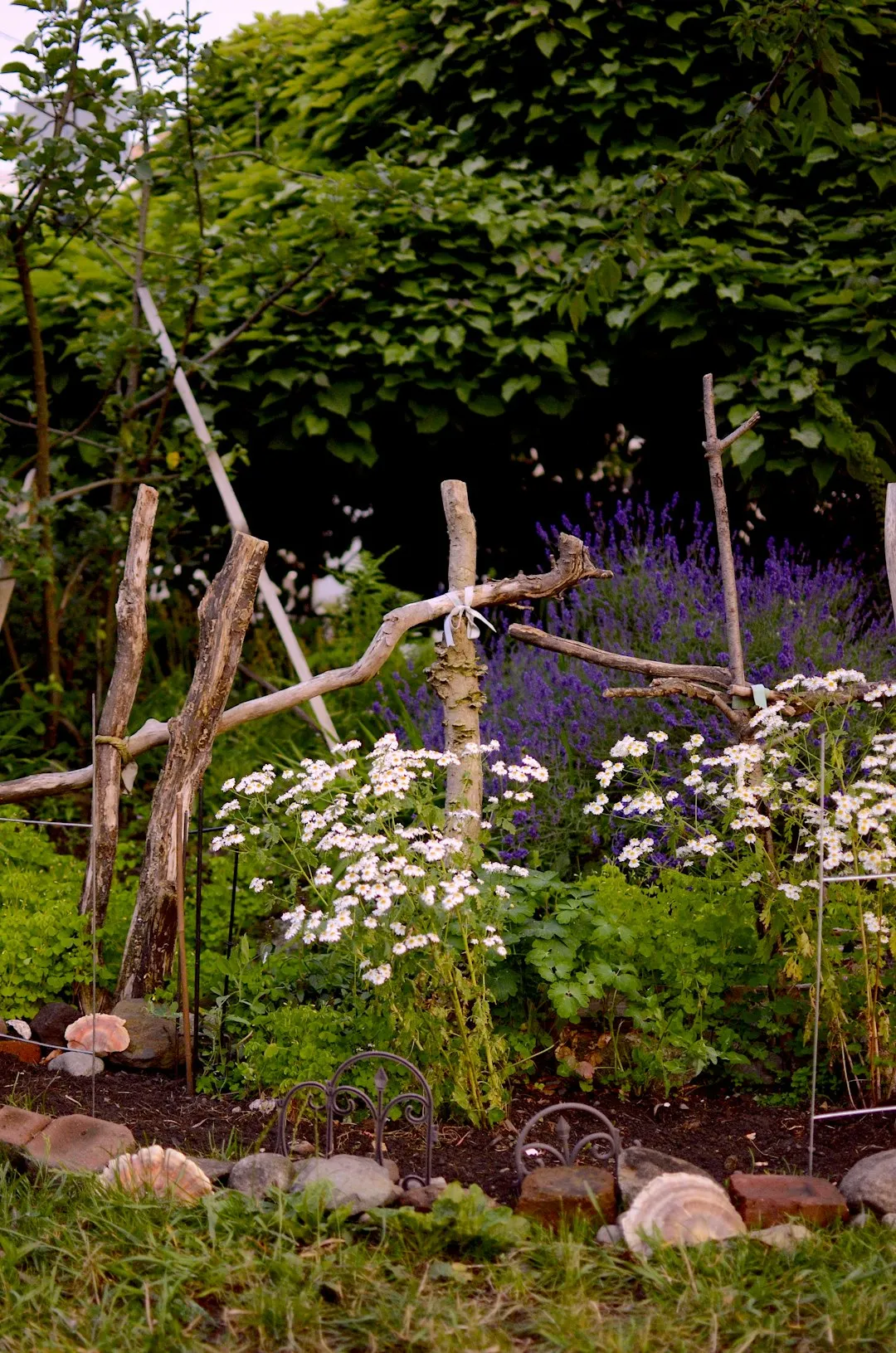
Embarking on a gardening journey is a rewarding endeavor, but it requires careful planning and a keen understanding of the natural rhythms of your region. One of the most crucial factors to consider when planning your spring garden is your area’s last frost date. This seemingly simple piece of information can be the key to a successful and bountiful growing season.
So, what exactly is a last frost date? In simple terms, it is the average date in spring when the last occurrence of freezing temperatures is expected in your area. This date is not an exact science, as weather patterns can vary from year to year. However, it serves as a valuable guideline for gardeners, helping them determine when it is safe to plant sensitive crops outdoors.
To find your area’s last frost date, you can consult a variety of resources. Local agricultural extension offices are an excellent source of information, as they often maintain detailed records of historical weather data. You can also use online tools and databases that provide frost date information based on your zip code. These resources typically offer both average and earliest/latest frost dates, giving you a range of dates to work with.
Once you have determined your area’s last frost date, you can start planning your spring garden. Different plants have different temperature requirements, so it’s important to choose crops that are suitable for the climate in your region. For example, cool-season crops such as lettuce, spinach, and peas can tolerate light frosts and can be planted a few weeks before the last frost date. On the other hand, warm-season crops such as tomatoes, peppers, and cucumbers are more sensitive to cold temperatures and should be planted after the last frost date.
In addition to considering your area’s last frost date, it’s also important to pay attention to other signs that spring has truly arrived. While the last frost date is a good indicator, it doesn’t necessarily mean that the weather will be consistently warm and favorable for gardening. Keep an eye on the soil temperature, as this can have a significant impact on seed germination and plant growth. Most seeds require a soil temperature of at least 50°F (10°C) to germinate, so it’s a good idea to use a soil thermometer to check the temperature before planting.
Another sign that spring has arrived is the emergence of early spring flowers and plants. Daffodils, tulips, and crocuses are some of the first flowers to bloom in the spring, signaling the end of winter and the beginning of the growing season. These flowers not only add beauty to your garden but also provide valuable food sources for pollinators such as bees and butterflies.
As you prepare your garden for spring, it’s also important to take steps to protect your plants from potential frost damage. One of the simplest ways to do this is to cover your plants with a frost blanket or row cover. These lightweight fabrics can help trap heat and protect your plants from freezing temperatures. You can also use mulch to insulate the soil and protect the roots of your plants. A layer of mulch can help keep the soil warm and prevent it from freezing, even on cold nights.
In conclusion, understanding your area’s last frost date and paying attention to the signs of spring are essential for a successful gardening season. By choosing the right plants, planting at the right time, and taking steps to protect your plants from frost damage, you can enjoy a beautiful and productive garden all season long. So, get out there, start planning your spring garden, and let the magic of nature unfold!

